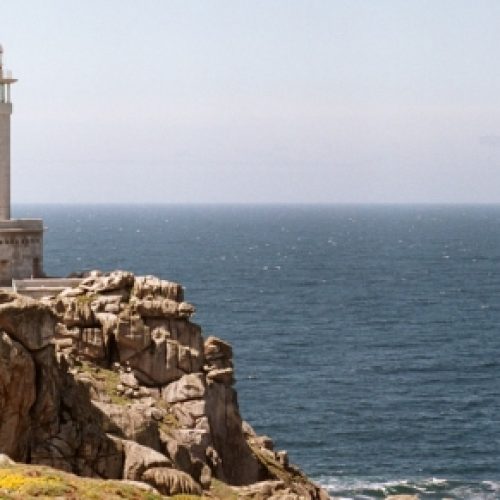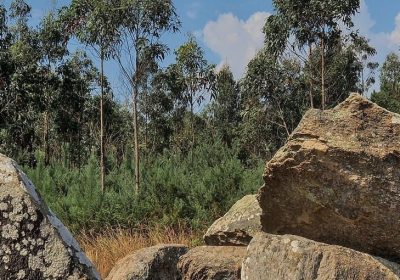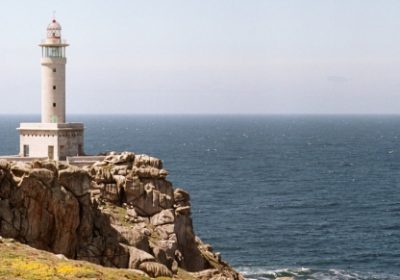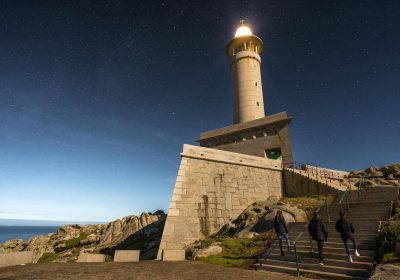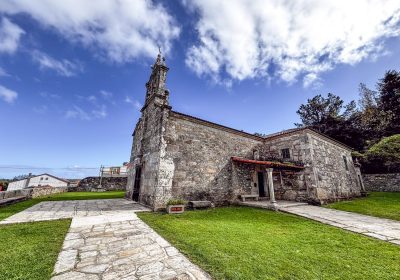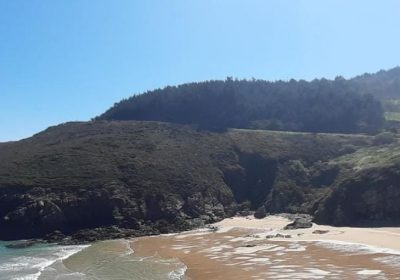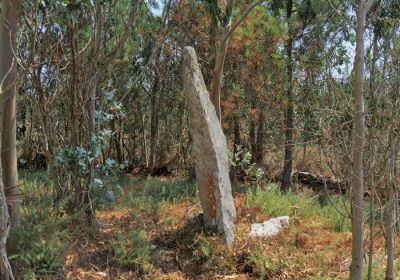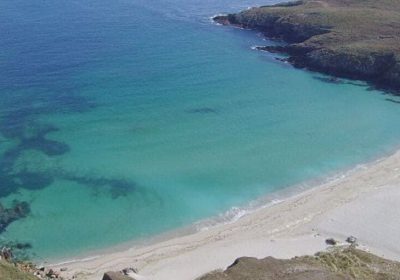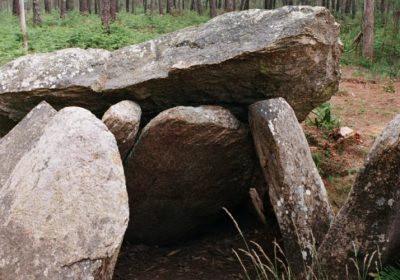Compromiso de Accesibilidad de Costa da Morte Asociación Turística (CMAT)
En
Costa da Morte Asociación Turística (CMAT) , estamos comprometidos a hacer que nuestra presencia digital sea lo más accesible e inclusiva posible para todos los usuarios, incluidas las personas con discapacidades. Nuestro objetivo es mejorar la usabilidad de
https://visitacostadamorte.com/ y apoyar una experiencia más accesible para todos, independientemente de sus capacidades o las tecnologías que utilicen.
Nuestro Enfoque sobre la Accesibilidad
Aspiramos a alinearnos con las Pautas de Accesibilidad para el Contenido Web (WCAG), que definen estándares internacionalmente reconocidos para la accesibilidad digital. Si bien no siempre se puede garantizar el cumplimiento total, nos esforzamos por implementar mejoras cuando sea posible y revisar regularmente los aspectos relacionados con la accesibilidad de nuestro sitio web. La accesibilidad es un proceso continuo, y estamos comprometidos a mejorar la experiencia a lo largo del tiempo conforme evolucionan las tecnologías, los estándares y las necesidades de los usuarios.
Funciones de Accesibilidad
Para apoyar la accesibilidad,
https://visitacostadamorte.com/ puede utilizar herramientas como la barra de accesibilidad OneTap. Esta interfaz proporciona a los usuarios una variedad de funciones útiles, que incluyen:
Ajuste del tamaño del texto y configuraciones de contraste
Resaltado de enlaces y texto para mejorar la visibilidad
Navegación completa por teclado en la interfaz de la barra
Lanzamiento rápido mediante acceso directo del teclado: Alt + . (Windows) o ⌘ + . (Mac)
Tenga en cuenta lo siguiente:
La disponibilidad y eficacia de estas funciones dependen de la configuración y el mantenimiento continuo del sitio web.
Si bien nos esforzamos por garantizar la accesibilidad, no podemos asegurar que todas las partes de https://visitacostadamorte.com/ sean totalmente accesibles en todo momento. Parte del contenido puede ser proporcionado por terceros o estar afectado por limitaciones técnicas fuera de nuestro control inmediato.
Comentarios y Contacto
Agradecemos sus comentarios. Si experimenta alguna barrera de accesibilidad o tiene sugerencias para mejorar, por favor contáctenos: Correo electrónico:
info@wpnordes.es Estamos comprometidos a revisar todas las consultas y nuestro objetivo es responder dentro de los 3 a 5 días hábiles. Si necesita ayuda para acceder a cualquier parte de este sitio web, estaremos encantados de brindarle apoyo a través de canales alternativos a pedido.
Última actualización: 26 de julio de 2025

